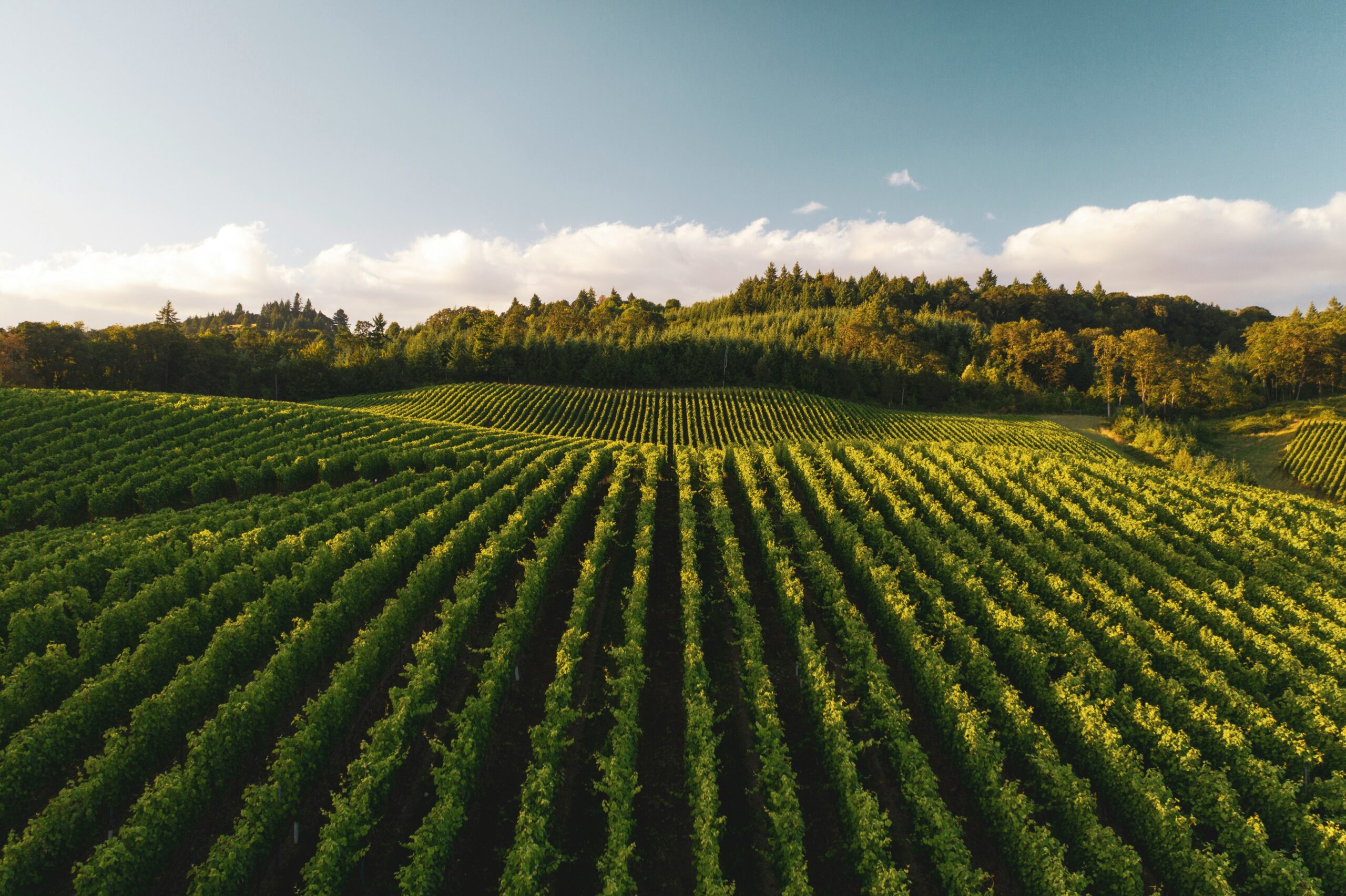Vertical Farming Versus Traditional Farming: A Comparative Analysis
The traditional methods of agriculture have historically served as the fundamental pillar of our food production system. However, as populations increase and climate change threatens long-term food security, farmers are gradually steering away from traditional growth methods in favor of the innovative practices of vertical farming.
The increased efficiency and harvest security fuel this shift contributed to vertical farming – aspects that are increasingly absent in traditional agriculture due to climate and weather changes.
In this article, we will compare the differences between vertical and traditional agriculture to understand their separate appeals.
What is Vertical Farming?
Vertical farming is the cultivation of plants indoors in stacked layers. This method is commonly employed in small spaces such as greenhouses, warehouses, and vacant office spaces, making it an ideal practice for densely populated areas.
Vertical farmers often opt for soil-less cultivation, utilizing air and water to create an artificial environment conducive to plant growth. The process takes place indoors, employing Controlled Environment Agriculture (CEA) technology for year-round production.
This technology includes elements such as vertical grow lights, temperature regulators, and various sensors to monitor growth continually.
What is Traditional Agriculture?
Traditional Agriculture, in contrast, is characterized by open spaces, traditional tools, and reliance on natural resources like sunshine and rain. It may involve the use of organic fertilizers or chemicals such as pesticides and herbicides to enhance plant growth.
The practices vary widely depending on the region, climate, and cultural practices but common techniques include crop rotation, inter-cropping, and mixed cropping.
While traditional farming has sustained communities for centuries, modern agricultural practices, such as Vertical Farming, have become more prevalent in many parts of the world due to their advantages compared to traditional farming methods.

Vertical Farming vs. Traditional Farming
Vertical farming and traditional farming differ significantly in location, cultivation methods, and resource usage. While vertical farming takes place indoors using vertical layouts and artificial systems, traditional farming relies on outdoor, horizontal practices that harness natural resources. These differences extend to their applications and environmental impacts.
Although vertical farming has gained attention for its innovative approach, traditional agriculture remains the dominant practice, particularly in rural areas and developing regions. Vertical farming relies on advanced technologies such as specialized lighting, climate control, and monitoring sensors. However, its resource-intensive nature and high costs can limit its accessibility.
Sustainability and Efficiency of Vertical Farming
Vertical farming is often considered a sustainable alternative to traditional agriculture, offering notable environmental advantages. It uses significantly less water and land while emitting lower carbon levels. Moreover, technological advancements and the integration of renewable energy sources continue to enhance its overall sustainability.
By using vertical space, crops are cultivated in stacked layers, allowing for high yields within compact urban environments. Unlike traditional farming, which requires expansive land, vertical farming optimizes space while enabling year-round cultivation. This mitigates the challenges of seasonality and ensures a steady supply of fresh produce.
Another key aspect of vertical farming is its efficient use of water. Through hydroponic and aeroponic systems, water and nutrients are delivered directly to plants, minimizing waste. Traditional farming, in contrast, relies on conventional irrigation methods that often lead to water loss through runoff and evaporation. Vertical farms are also unaffected by unpredictable weather, providing consistent production that traditional farming struggles to achieve due to its dependency on natural conditions.

Environmental and Economic Considerations
The environmental footprint of vertical farming is smaller than that of traditional agriculture. Vertical farms require less land, consume less water, and reduce transportation needs, as they are often located in urban areas. Traditional farming, however, involves extensive land use, contributes to soil degradation, and relies on machinery and transportation systems that generate significant carbon emissions.
Economically, while the initial setup costs for vertical farming are high, the long-term benefits can outweigh these expenses. Reduced land requirements, consistent yields, and increased operational efficiency contribute to its financial sustainability. Traditional farming, though often seen as cost-effective initially, faces challenges such as unpredictable weather, fluctuating market conditions, and land acquisition costs.
Local Resilience and Food Security
Vertical farming’s urban-friendly nature strengthens local food systems by reducing reliance on long-distance transportation. This ensures that urban populations have access to fresh, locally sourced produce, while also supporting local economies. Traditional farming, predominantly located in rural areas, depends heavily on extensive transportation networks. This reliance not only increases carbon emissions but also delays access to markets, affecting the freshness and availability of produce.
While traditional farming remains integral to global food production, vertical farming offers an efficient alternative to meet modern agricultural challenges. Its innovative practices, potential scalability, and compatibility with urban environments make it a promising solution for the future of food security.
A Switch to Vertical Farming?
As awareness of environmental challenges and the need for efficient food production continues to grow, the adoption of vertical farming emerges as a transformative opportunity for agriculture.
This shift not only supports the growing demand for fresh, local produce in urban areas but also contributes to the development of resilient food systems capable of withstanding climate uncertainties.
Viemose DGS is committed to empowering growers through this transformation. With decades of experience and a deep understanding of cutting-edge agricultural technology, we provide customized solutions, from design and construction to climate control systems and operational guidance. Our expertise ensures a seamless transition, helping growers overcome challenges and harness the full potential of vertical farming to build a more prosperous future for global agriculture.





